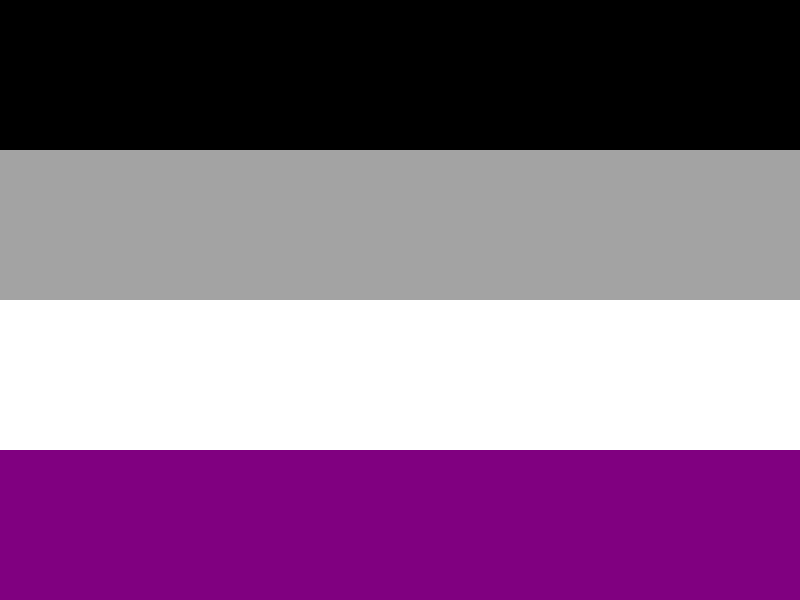Using Inclusive Language for Asexuality
In order to make style guides more inclusive and guarantee that editors are catching moments that could interrupt a reader’s experience, editors can read guides that discuss how to treat language surrounding underrepresented identities so they can catch when these identities are not being treated accurately by authors.


